Have you ever wondered if cats have secret superpowers? Imagine a world where felines climb icy mountains, outsmart wild predators, and brave deserts like tiny, whiskered warriors. It might sound like a tall tale, but some cat breeds are tougher than most dogs you know. For all the dog lovers out there, get ready—these cats aren’t the fragile creatures you think. They’re survivors, adventurers, and sometimes downright unstoppable. Let’s dive into the lives of twelve astonishing cat breeds that could give even the bravest dog a run for their money.
Maine Coon: The Gentle Giant with a Lion’s Heart
Maine Coons are not just big—they’re built like tanks with fur. These cats come from the cold, wild forests of Maine, where only the toughest survived. Their thick, water-resistant coats keep them warm through snowstorms, and their bushy tails work like fluffy scarves. Maine Coons have large paws that act like natural snowshoes, helping them walk across icy ground. Their intelligence is off the charts, too; they’re known to open doors, solve puzzles, and outwit even the cleverest dogs. They’re friendly but fiercely independent, thriving in both the chaos of family life and the solitude of the great outdoors. If you ever need a cat that’s as sturdy as a winter boot, the Maine Coon is your go-to.
Siberian: The Russian Snow Survivor
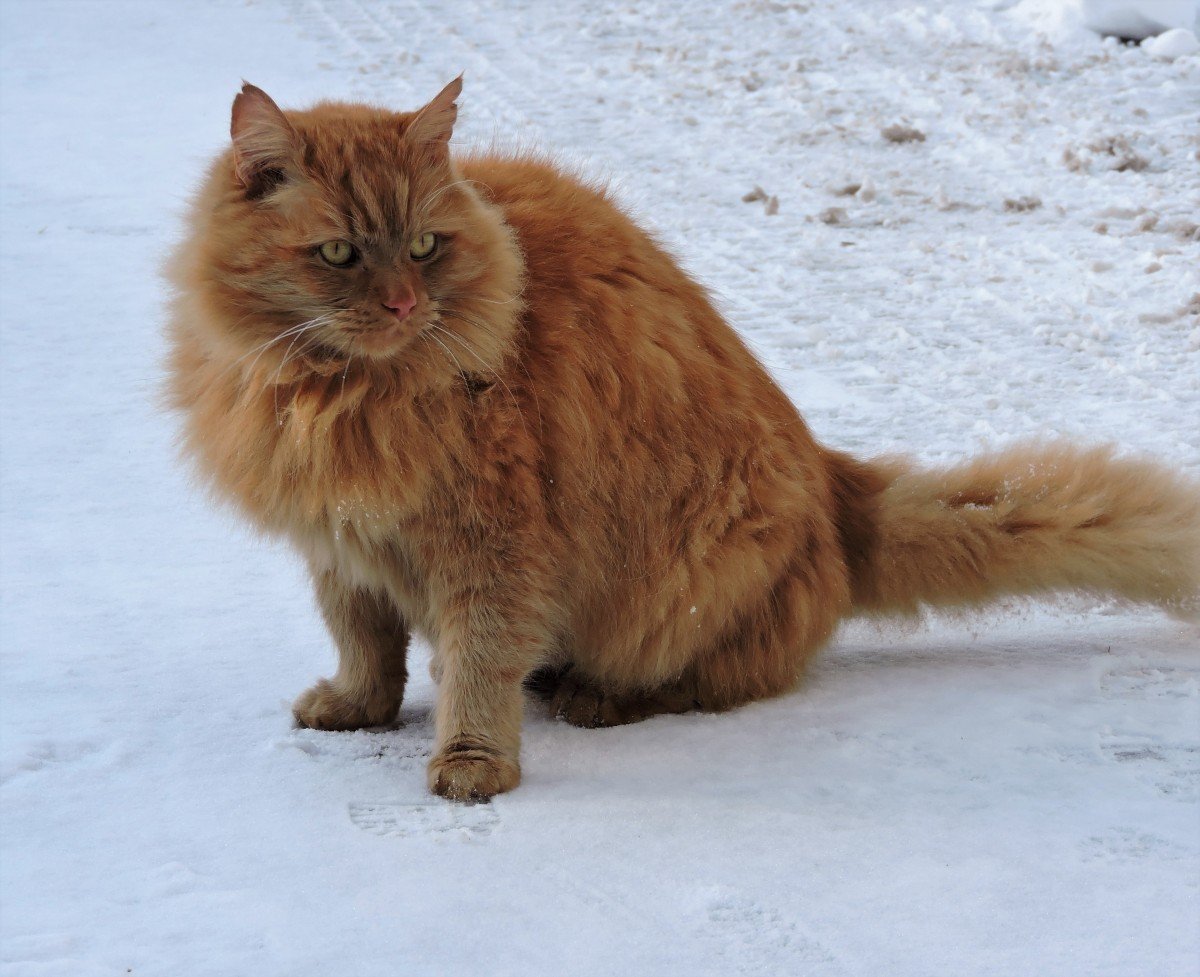
Hailing from the frozen forests of Russia, Siberian cats are practically built for survival. Their triple-layered fur keeps them toasty in sub-zero temperatures, and their muscular bodies allow them to leap and climb with ease. Siberians are known to be hypoallergenic—an added bonus for those with allergies. They’re agile hunters, often catching rodents even in harsh winters. This breed is fearless, facing down dogs twice their size without breaking a sweat. Despite their tough exterior, Siberians are loving companions, always ready to snuggle after a day of wild adventures.
Norwegian Forest Cat: The Viking’s Feline
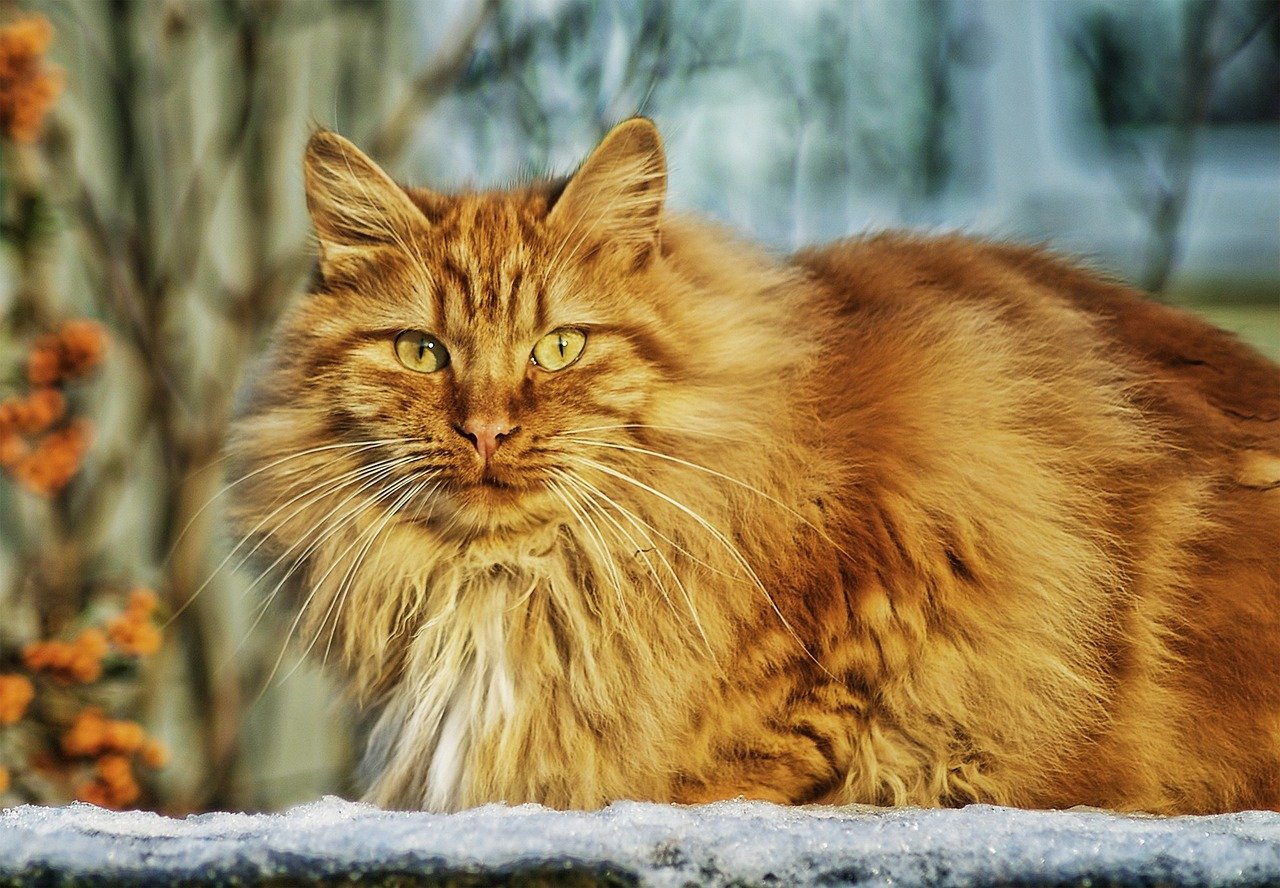
The Norwegian Forest Cat has a history as legendary as the Vikings themselves. These cats roamed the deep, snowy woods of Scandinavia, surviving on their wits and strength. Their double-thick coat repels moisture and shields them from icy winds, while their strong claws let them scale trees and rocky cliffs. Norwegian Forest Cats are independent explorers, often hunting for themselves and braving the elements with ease. They’re not shy about fending off larger animals if needed. With a gaze as piercing as a Norse warrior, this breed truly embodies resilience.
Bengal: The Jungle Athlete

Bengals look like miniature leopards, and their wild ancestry gives them an incredible edge. Originating from crosses between domestic cats and Asian leopard cats, Bengals have a muscular build and boundless energy. Their short, dense fur is water-resistant, and they’re not afraid to get wet—some even love swimming. Bengals are quick learners and escape artists, often figuring out how to unlock doors or windows. They’re fearless, curious, and always on the move, making them perfect for households that need a lively, adventurous pet. Unlike your average housecat, a Bengal won’t back down from a challenge.
Egyptian Mau: The Ancient Speedster
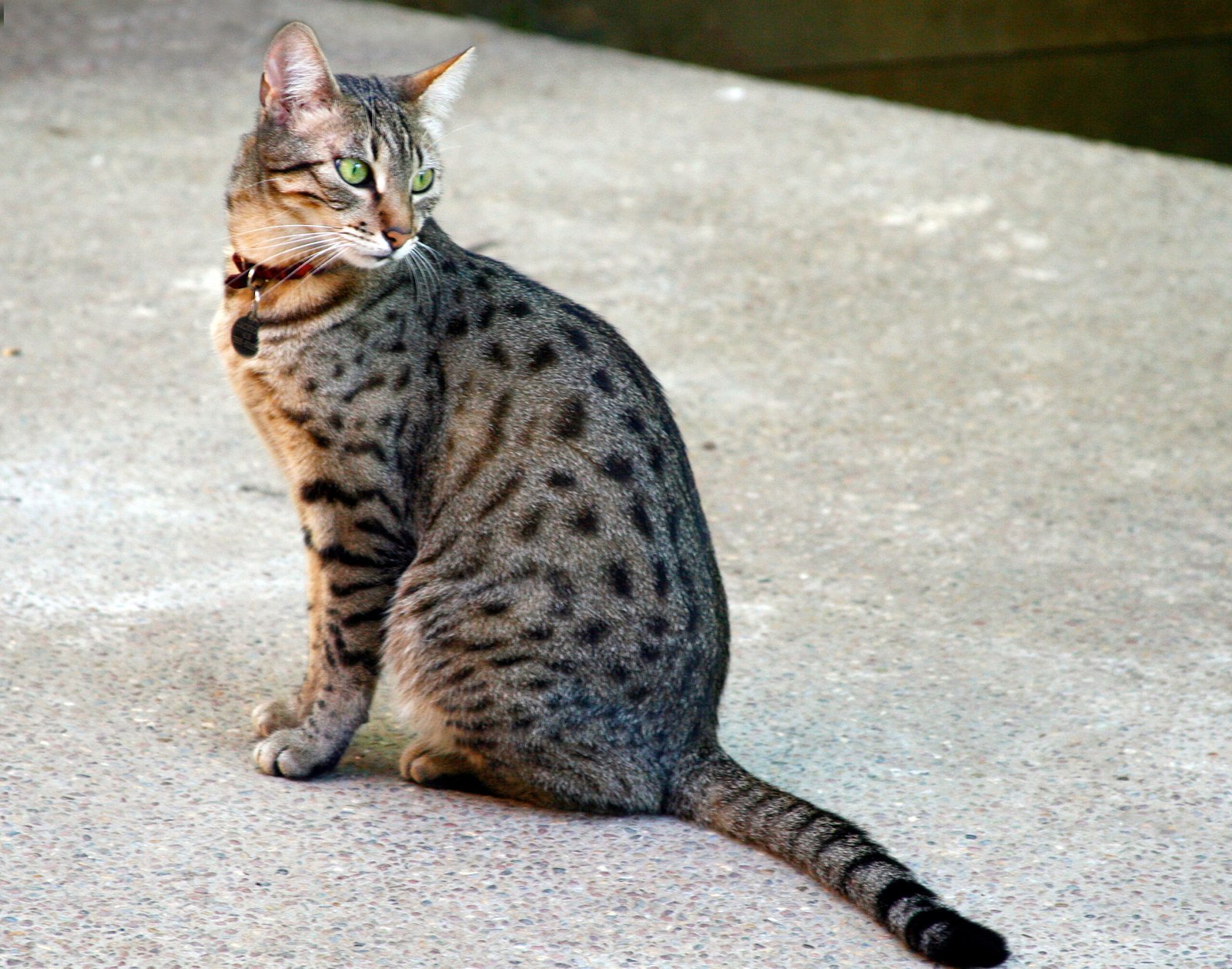
The Egyptian Mau is a living relic of the pharaohs, but don’t let their regal history fool you—they’re built for survival. This breed is the fastest domestic cat, capable of reaching speeds up to 30 miles per hour. Their spotted coat provides camouflage in sandy environments, while their long, strong legs help them leap and run from danger. Egyptian Maus are highly alert and can sense trouble from a mile away. Their loyalty to their humans is legendary; they’ll stick by your side through thick and thin. In the wild or at home, the Mau is always ready to dash to safety—or to your rescue.
Turkish Van: The Swimming Cat
You might be shocked to learn that not all cats hate water. The Turkish Van, known as the “swimming cat,” loves taking a dip. Originating from the rugged, mountainous regions around Lake Van in Turkey, these cats developed water-resistant coats and strong limbs for swimming. Their adventurous spirit means they’re always exploring, climbing, or even splashing in the bathtub. Turkish Vans are incredibly adaptable, thriving in both hot summers and cold winters. Their courage and curiosity make them survivors in any environment, wet or dry.
American Shorthair: The All-American Survivor
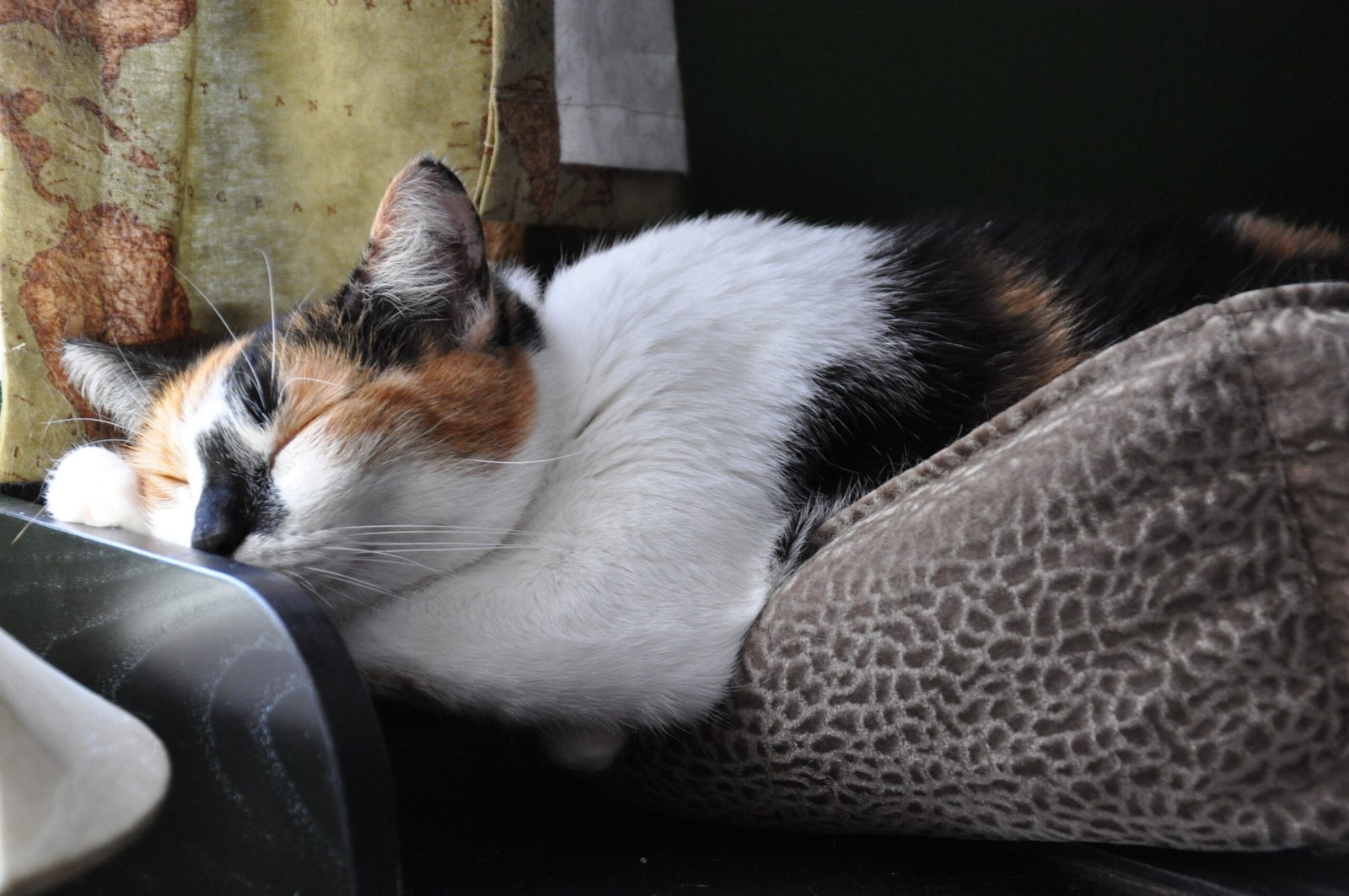
The American Shorthair has roots tracing back to early settlers, who brought these tough cats to protect ship cargo from rodents. Their sturdy bodies and dense coats helped them survive harsh conditions on land and sea. American Shorthairs are known for their remarkable health and longevity, often living well into their teens. They’re unfussy eaters, skilled hunters, and adjust easily to new environments. In a world full of surprises, the American Shorthair faces every challenge with calm confidence—never dramatic, always dependable.
Chartreux: The French Blue Resister
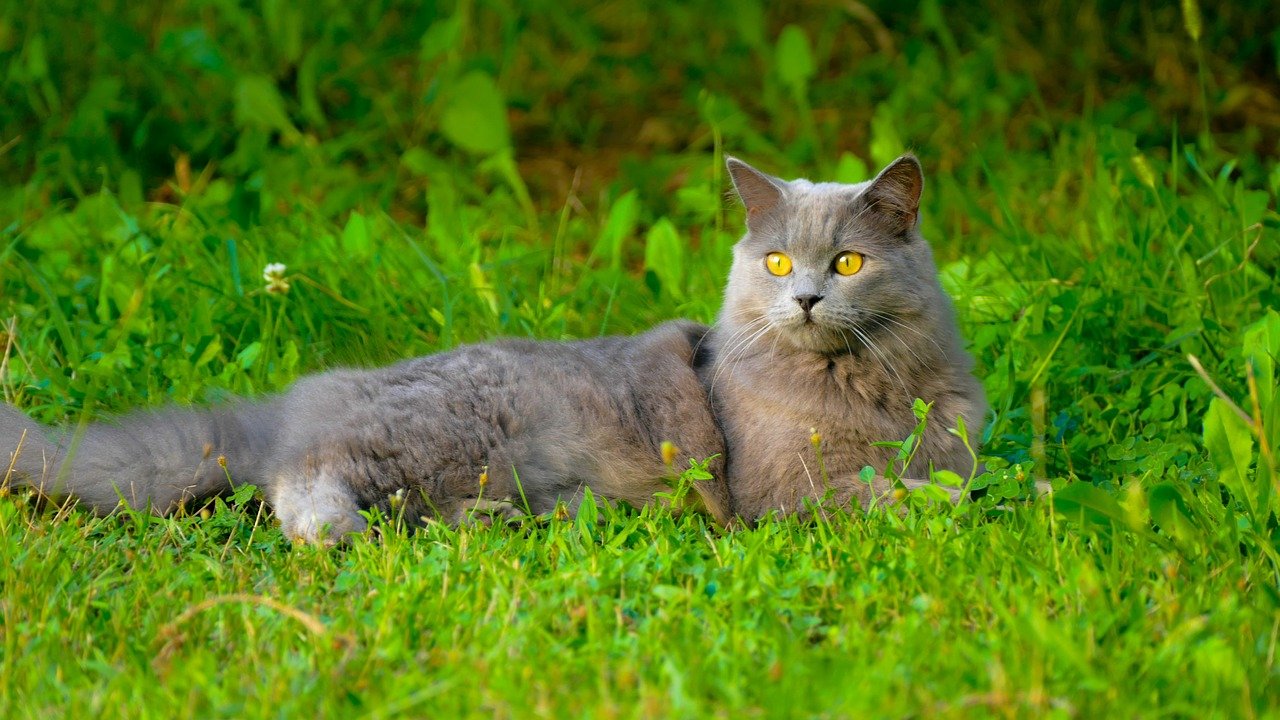
With their iconic blue-gray fur and copper eyes, Chartreux cats are as mysterious as they are resilient. This ancient French breed survived wars, revolutions, and centuries of turmoil by being stealthy and resourceful. Their thick, woolly coats repel rain and cold, allowing them to thrive outdoors. Chartreux cats are famous for their quiet strength—they rarely meow, but their presence is always felt. Agile and muscular, they’re excellent mousers and can adapt to almost any environment. Even in chaos, the Chartreux remains unflappable.
Japanese Bobtail: The Lucky Explorer
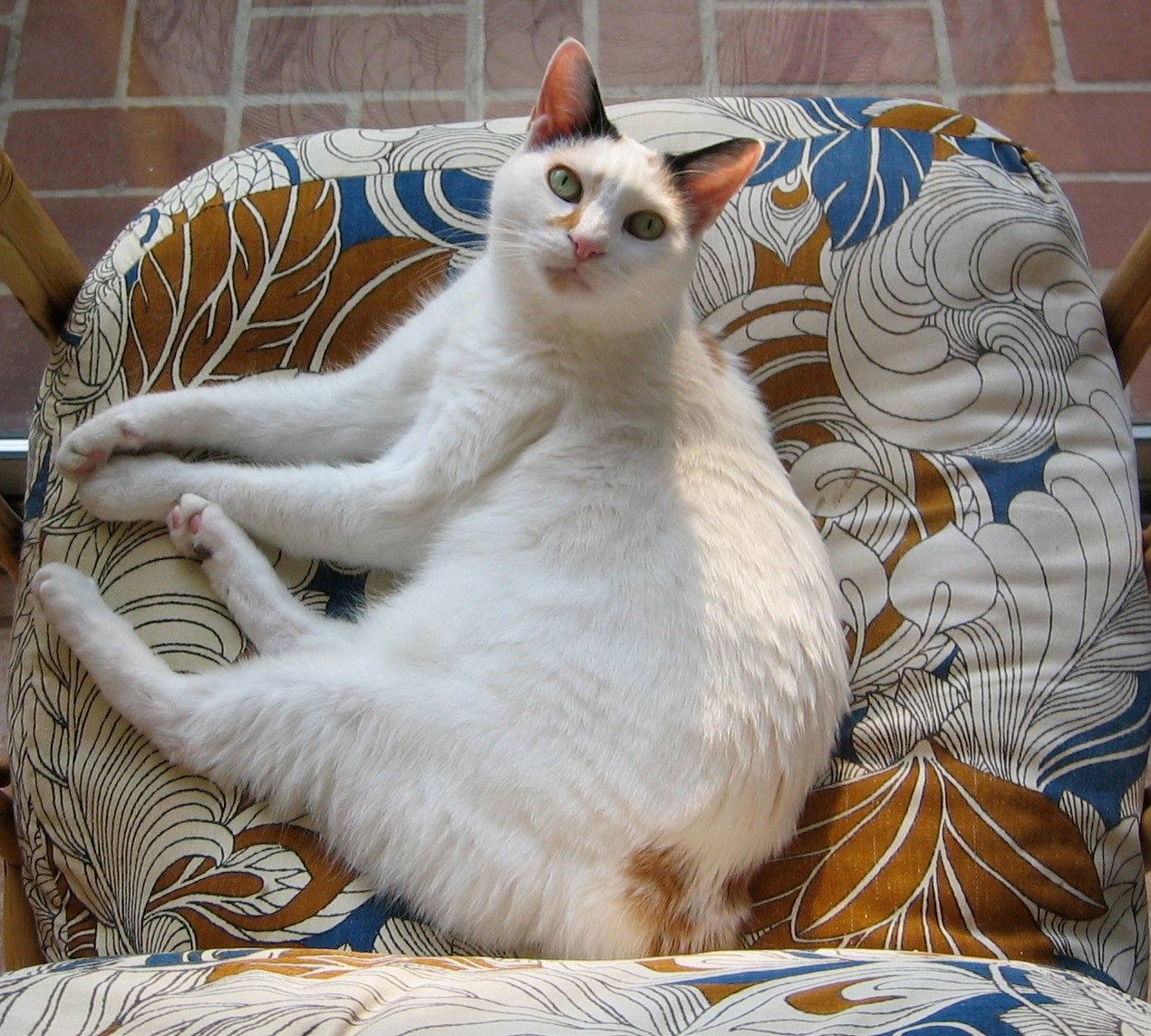
In Japanese folklore, the Bobtail is a symbol of good fortune—and for good reason. These cats are agile, strong, and endlessly curious. Their distinctive short tails don’t slow them down; in fact, they balance better than many long-tailed breeds. Japanese Bobtails are known for surviving natural disasters, from earthquakes to typhoons, thanks to their quick reflexes and sharp instincts. They’re playful problem-solvers, often figuring out how to access food or shelter in tricky situations. With a Japanese Bobtail by your side, you’ve got a four-legged lucky charm.
Oriental Shorthair: The Adaptable Survivor
The Oriental Shorthair might look delicate, but don’t be fooled—they’re as tough as they come. With their lean bodies and large ears, these cats are heat-adapted, thriving in warmer climates where others might struggle. They’re intensely curious, always finding new ways to make themselves at home, no matter the setting. Oriental Shorthairs are social and vocal, forming strong bonds with their humans and alerting them to danger. Their intelligence and adaptability make them survivors in both city apartments and rural homesteads.
Savannah Cat: The Wild Spirit
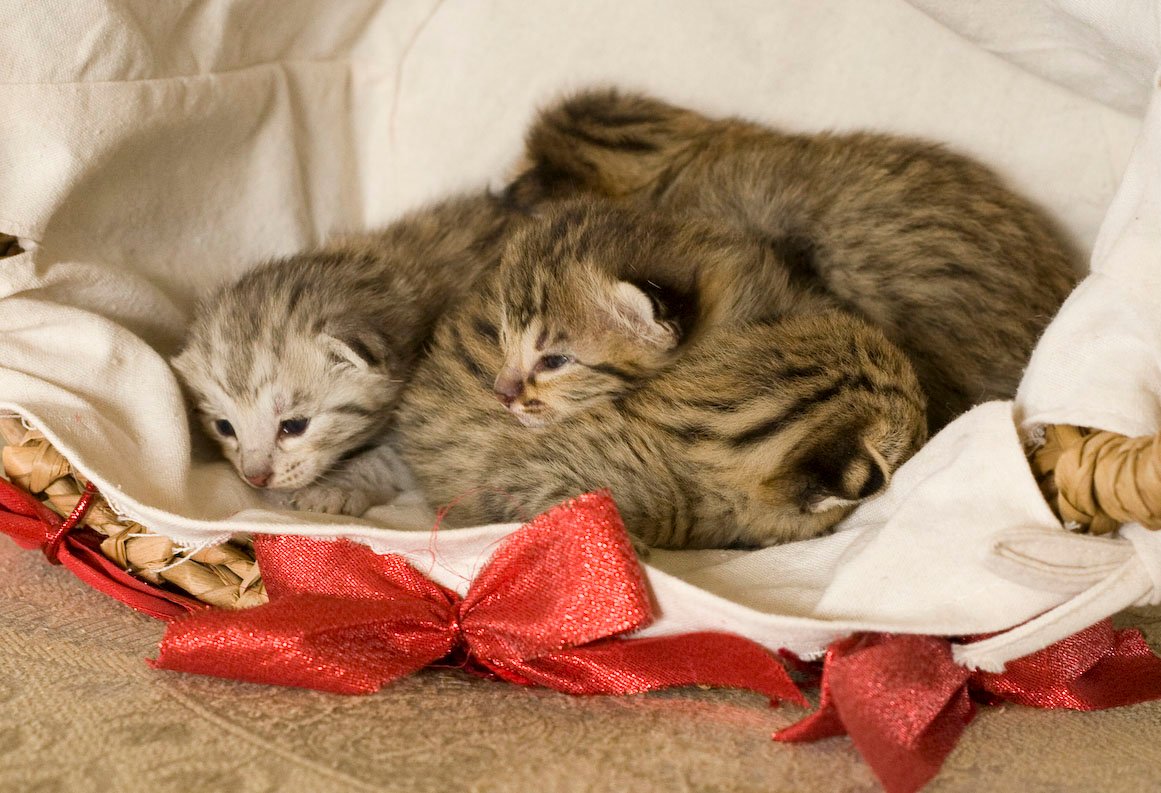
The Savannah cat is a striking blend of domestic cat and African serval. These cats are tall, athletic, and always on the move. Their wild ancestry gives them a strong prey drive and the ability to leap up to eight feet in the air. Savannahs are fearless, often exploring places other cats wouldn’t dare. Their short, spotted coats are easy to care for, and their bodies are built for speed and agility. While they may look exotic, Savannahs form deep bonds with their families, always protecting and watching over their territory.
Scottish Fold: The Calm in the Storm
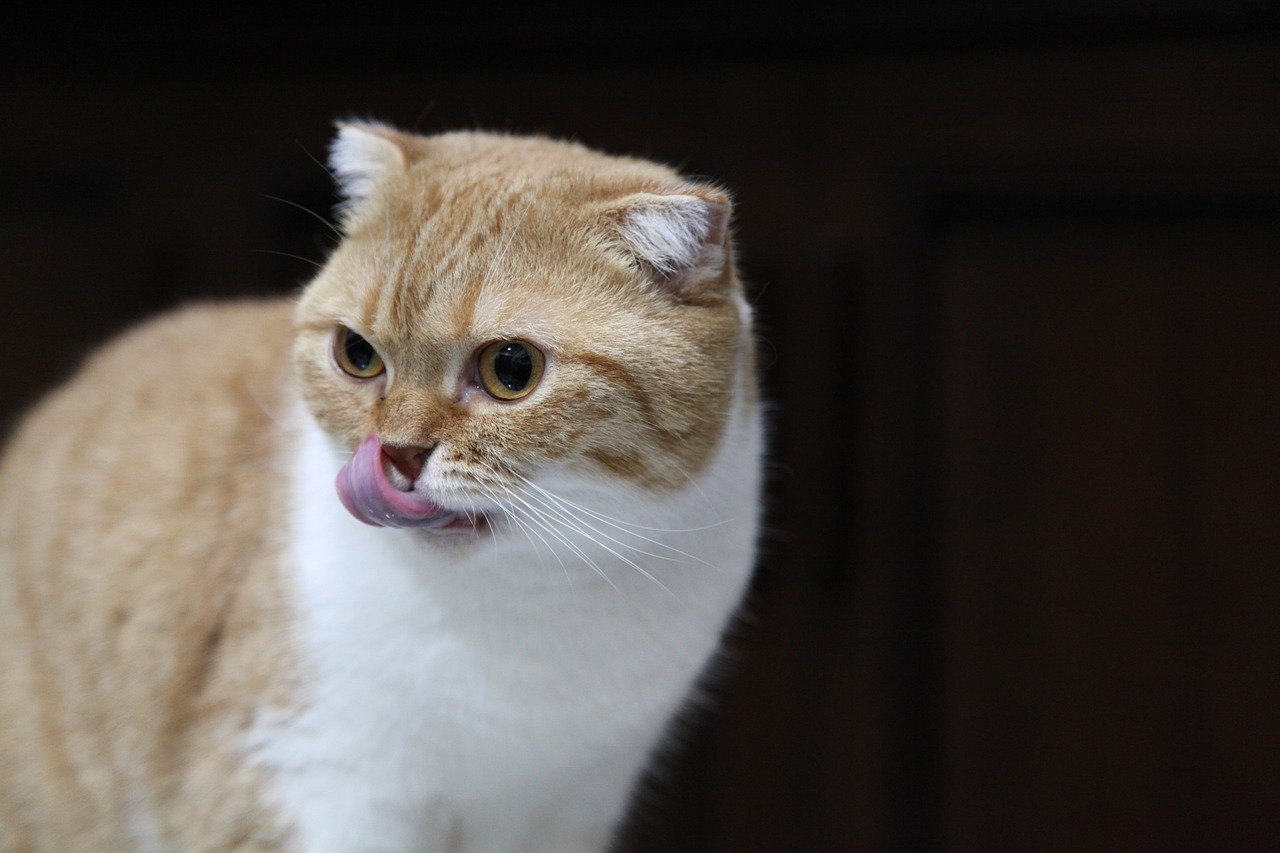
With their unique folded ears and round faces, Scottish Folds are instantly recognizable. But what’s less obvious is their inner toughness. This breed is known for its gentle, adaptable nature, thriving in households with other pets or children. Scottish Folds aren’t easily rattled by loud noises or changes—they face life’s chaos with quiet resilience. Their dense, plush coats keep them comfortable in varying climates, and their sturdy bodies handle rough-and-tumble play. When the world gets stormy, the Scottish Fold stays steady, proving that survival isn’t always about fighting—it’s sometimes about staying calm and carrying on.






